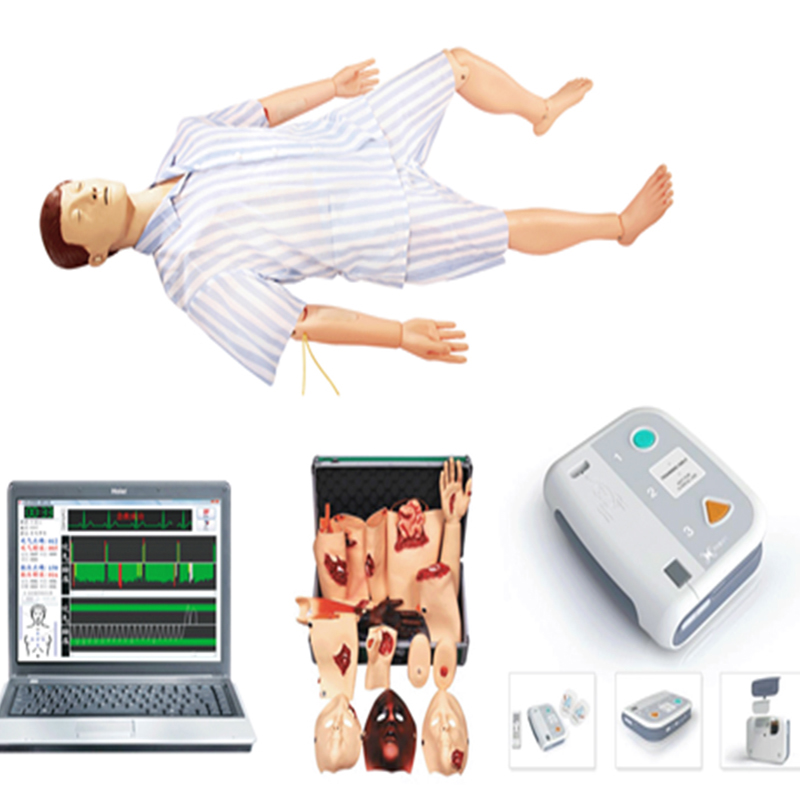Homepageпјҡ NEWS >> Emergency care, how can we practice without a human model?
Emergency care is a vital skill, which not only concerns the life safety of the individual, but also reflects the professionalism and response ability of the medical team. However, in the real first aid scene, due to the existence of various uncontrollable factors, such as the physiological response of the patient and the complexity of the environment, every first aid is full of challenges and uncertainties. Therefore, in order to better prepare and respond to these challenges, the actual practice of emergency care is particularly important.

However, without a simulated human model, it would be extremely difficult to practice emergency care. The simulated human model is a device that can simulate the physiological and pathological reactions of the real human body, and it can simulate various first-aid scenarios in training, such as cardiac arrest, breathing difficulties, and massive bleeding. Through the simulated human model, medical personnel can conduct actual combat exercises in a relatively safe and controlled environment, so as to familiarize themselves with and master various first-aid skills.
First of all, the simulated human model can provide a realistic first-aid scene. These models can simulate the physiological responses of real patients, such as heart rate, breathing, blood pressure, etc., so that medical staff can feel a sense of urgency similar to the real emergency scene. At the same time, the simulated human model can also simulate various pathological reactions, such as arrhythmia, respiratory failure, etc., so that medical personnel can accumulate more experience and knowledge in training.
Secondly, the simulated human model has repeatability and adjustability. In actual combat exercises, medical personnel may encounter a variety of complex situations and problems. Without a simulated human model, these situations and problems may not be effectively simulated and reproduced. The simulated human model can be adjusted as needed to simulate a variety of first aid scenarios and problems. This repeatability and adjustability allows medical staff to practice and summarize experience repeatedly in training, so as to improve their first aid ability.
Finally, human simulators can also help paramedics assess their first aid skills. In actual combat exercises, medical personnel can test their first aid skills and coping abilities by simulating human models. If you find that there are shortcomings or problems in your skills, you can adjust and improve them in time. This self-assessment and feedback mechanism is essential to improve the first aid capacity of medical staff.
To sum up, the actual practice of emergency nursing cannot be separated from the support of simulated human model. Human simulators provide realistic first aid scenarios, are repeatable and adjustable, and help paramedics evaluate their first aid skills. Therefore, in the training of emergency care, we should make full use of the simulated human model, an important tool, to provide medical personnel with better opportunities and conditions for actual combat practice.